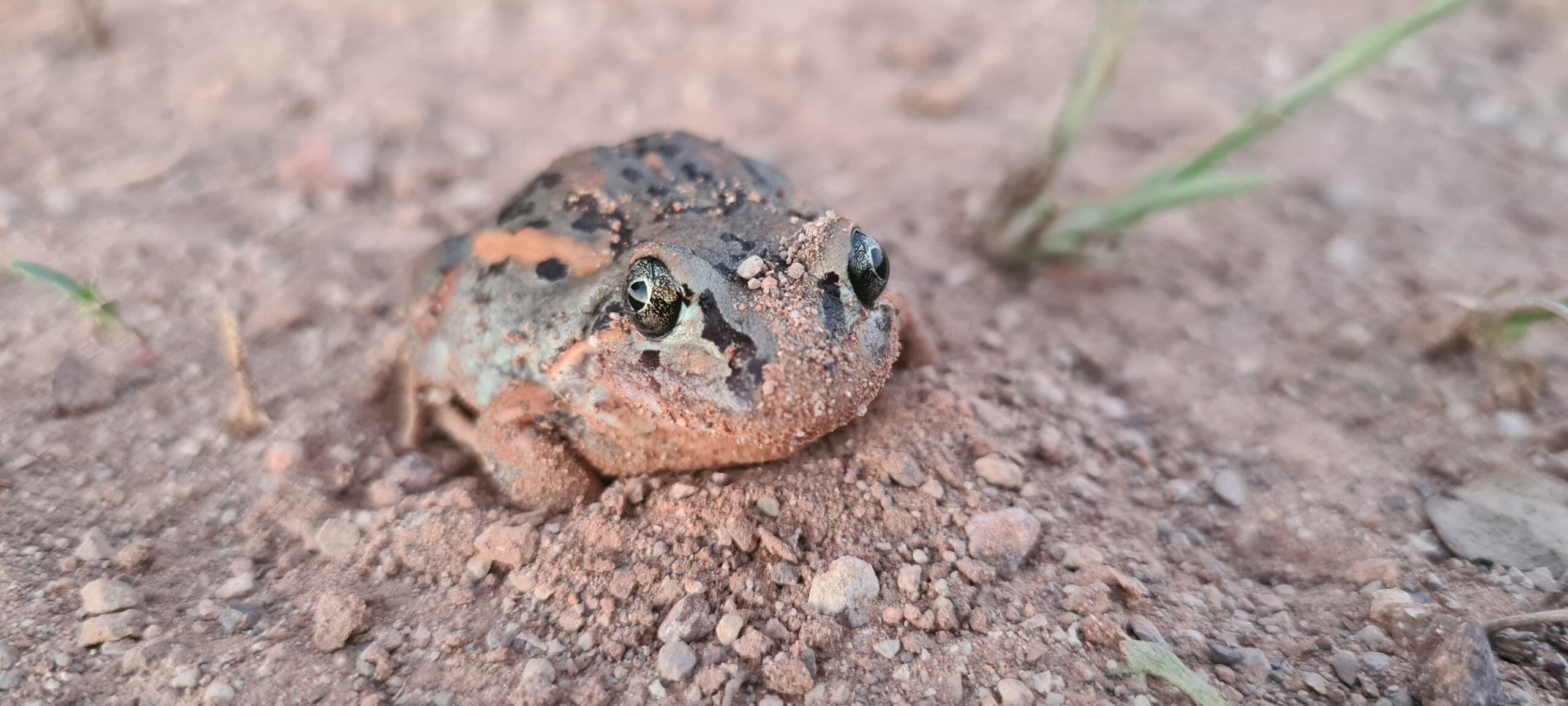The Commonwealth Environmental Water Holder’s (CEWH) Science Program funds the Flow Monitoring, Evaluation and Research (Flow–MER).
We would like to acknowledge the Kurnu-Baakandji Peoples, the Traditional Owners of the Warriku (Warrego) and Baaka (Darling) Rivers and surrounds. Thank you for sharing your Country and knowledge of the land, water and life with us. We pay respects to Elders past and present.
Traditional Paakantyi Language of the Kurnu-Baakandji Nation used in this article. (L. A. Hercus – Paakantyi Dictionary), additional to learnings from interacting with community members and the Junction of the Warriku (Warrego) and Baaka (Darling) Rivers Selected Areas Culture Advisor.
Written by Tamara Kermode.

The eastern brown snake (Pseudonaja textilis), called the wirlu-wirlu by the Kurnu-Baakandji, has the second most toxic venom of any snake in the world. These snakes can be found living throughout eastern Australia, excluding Tasmania, and live in most habitats except for rainforests.
Eastern browns eat a variety of small vertebrates including mammals, frogs, birds, reptiles such as skinks and geckos and other small snakes (Figure 2). Like most
snakes, the eastern brown detects its prey by sensing movement and by ‘tasting’ the air for odours with their forked tongue. Brown snakes found in arid inland areas, such as the Gwydir Wetlands State Conservation Park and Toorale National Park and Conservation Area, inhabit the watercourses and swampy areas that receive at least some seasonal flooding, often found scouting these areas for their prey.

Eastern browns have highly variable scale colour and patterning, which can make species identification challenging. Although often brown coloured, they can vary from a pale brown, as in Figure 1, to reddish or almost black in colour. The average length of these snakes is about 1.5 m, although they can reach 2.4 m in length.
Eastern browns have adapted very well to human civilisations and are widely abundant. One reason for this is because they have adapted to prey on introduced rats and mice around farms. Keep in mind that like all Australian snakes, the eastern brown snake is protected by law and they should not be caught or harmed unless they are life threatening.
Managing water for the environment is a collective and collaborative effort, working in partnership with communities, private landholders, scientists and government agencies – these contributions are gratefully acknowledged.
We acknowledge the Traditional Owners of the land on which we live, work and play. We also pay our respects to Elders past, present and emerging.


